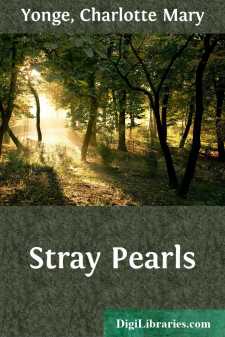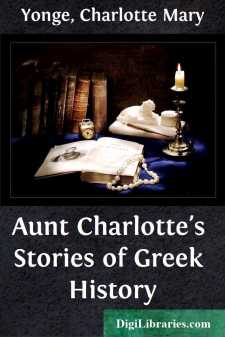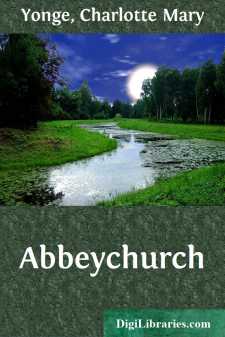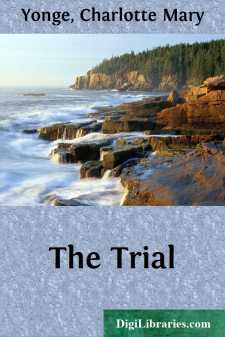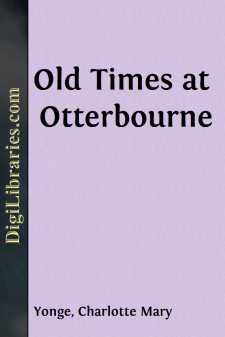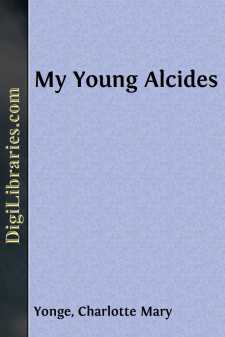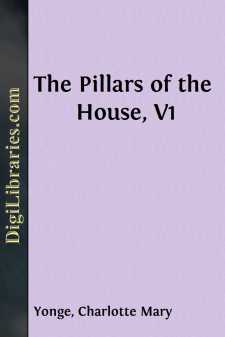Categories
- Antiques & Collectibles 13
- Architecture 36
- Art 48
- Bibles 22
- Biography & Autobiography 813
- Body, Mind & Spirit 138
- Business & Economics 28
- Children's Books 12
- Children's Fiction 9
- Computers 4
- Cooking 94
- Crafts & Hobbies 4
- Drama 346
- Education 46
- Family & Relationships 57
- Fiction 11821
- Games 19
- Gardening 17
- Health & Fitness 34
- History 1377
- House & Home 1
- Humor 147
- Juvenile Fiction 1873
- Juvenile Nonfiction 202
- Language Arts & Disciplines 88
- Law 16
- Literary Collections 686
- Literary Criticism 179
- Mathematics 13
- Medical 41
- Music 40
- Nature 179
- Non-Classifiable 1768
- Performing Arts 7
- Periodicals 1453
- Philosophy 64
- Photography 2
- Poetry 896
- Political Science 203
- Psychology 42
- Reference 154
- Religion 505
- Science 126
- Self-Help 81
- Social Science 81
- Sports & Recreation 34
- Study Aids 3
- Technology & Engineering 59
- Transportation 23
- Travel 463
- True Crime 29
Hopes and Fears or, scenes from the life of a spinster
Description:
Excerpt
CHAPTER I
Who ought to go then and who ought to stay!
Where do you draw an obvious border line?
Cecil and Mary
Among the numerous steeples counted from the waters of the Thames, in the heart of the City, and grudged by modern economy as cumberers of the soil of Mammon, may be remarked an abortive little dingy cupola, surmounting two large round eyes which have evidently stared over the adjacent roofs ever since the Fire that began at Pie-corner and ended in Pudding-lane.
Strange that the like should have been esteemed the highest walk of architecture, and yet Honora Charlecote well remembered the days when St. Wulstan’s was her boast, so large, so clean, so light, so Grecian, so far surpassing damp old Hiltonbury Church. That was at an age when her enthusiasm found indiscriminate food in whatever had a hold upon her affections, the nearer her heart being of course the more admirable in itself, and it would be difficult to say which she loved the most ardently, her city home in Woolstone-lane, or Hiltonbury Holt, the old family seat, where her father was a welcome guest whenever his constitution required relaxation from the severe toils of a London rector.
Woolstone-lane was a locality that sorely tried the coachmen of Mrs. Charlecote’s West End connections, situate as it was on the very banks of the Thames, and containing little save offices and warehouses, in the midst of which stood Honora’s home. It was not the rectory, but had been inherited from City relations, and it antedated the Fire, so that it was one of the most perfect remnants of the glories of the merchant princes of ancient London. It had a court to itself, shut in by high walls, and paved with round-headed stones, with gangways of flags in mercy to the feet; the front was faced with hewn squares after the pattern of Somerset House, with the like ponderous sashes, and on a smaller scale, the Louis XIV. pediment, apparently designed for the nesting-place of swallows and sparrows. Within was a hall, panelled with fragrant softly-tinted cedar wood, festooned with exquisite garlands of fruit and flowers, carved by Gibbons himself, with all his peculiarities of rounded form and delicate edge. The staircase and floor were of white stone, tinted on sunny days with reflections from the windows’ three medallions of yellow and white glass, where Solomon, in golden mantle and crowned turban, commanded the division of a stout lusty child hanging by one leg; superintended the erection of a Temple worthy of Haarlem; or graciously welcomed a recoiling stumpy Vrow of a Queen of Sheba, with golden hair all down her back.
The river aspect of the house had come to perfection at the Elizabethan period, and was sculptured in every available nook with the chevron and three arrows of the Fletchers’ Company, and a merchant’s mark, like a figure of four with a curly tail. Here were the oriel windows of the best rooms, looking out on a grassplat, small enough in country eyes, but most extensive for the situation, with straight gravelled walks, and low lilac and laburnum trees, that came into profuse blossom long before their country cousins, but which, like the crocuses and snowdrops of the flower borders, had better be looked at than touched by such as dreaded sooty fingers. These shrubs veiled the garden from the great river thoroughfare, to which it sloped down, still showing traces of the handsome stone steps and balustrade that once had formed the access of the gold-chained alderman to his sumptuous barge....




